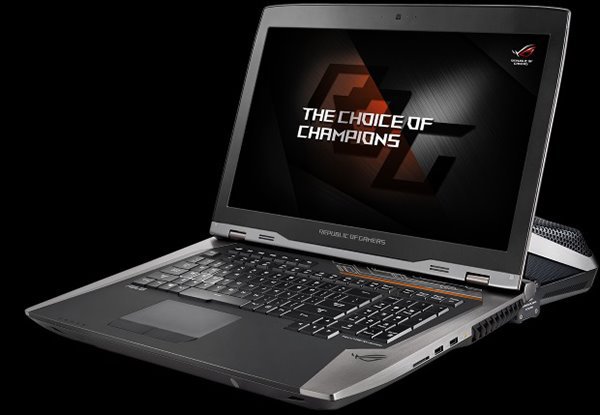The mobile version of the new generation of GPUs has an equivalent performance with the desktop version, which allows many notebook manufacturers to insert VR Ready's high-performance graphics cards into notebooks. So how do they perform? This issue I got ASUS GL502VS notebook for everyone to evaluate, the notebook built-in GTX 1070 graphics.

Earlier this month, Nvidia announced that their next-generation GTX 10 series GPUs will be used by major top manufacturers for gaming notebooks, and that this release of mobile graphics will directly remove the 'M' standard, which means The performance gap between mobile and desktop graphics is shrinking. This time, Nvidia said that the performance gap between the GTX 1080, 1070 and 1060 and the desktop version of the mobile version of the mobile version is less than 10%, which is a veritable "VR Ready".
Taking into account the fact that laptops and desktops are faced with considerable challenges in terms of size, heat, and power consumption, this will undoubtedly cause many people to worry. Among the notebooks that we experienced with 10 series graphics cards, VR performance was particularly eye-catching, and both the Raw Data and the Pool Nation VR were able to run smoothly at 90 frames.
The ASUS GL502VS notebook is equipped with a mobile version of the GTX 1070 and can perfectly support the Oculus Rift and the HTC Vive, even in the "Star Wars: Trials on Tatooine" video card which has high requirements. It also has better performance.
"If not for personal experience, but from the perspective of VR performance, I really do not know it is a laptop," said Djamhur, the reviewer.
Nvidia said that the new version of the graphics card can be placed in a 18mm thick notebook and weighs only 4 pounds. The Asus high-priced version of the GL502VS starts at US$1,700 (RMB11,356), while the GTX1060 version of the GL502VM sells for US$1,400 (about RMB9352).
